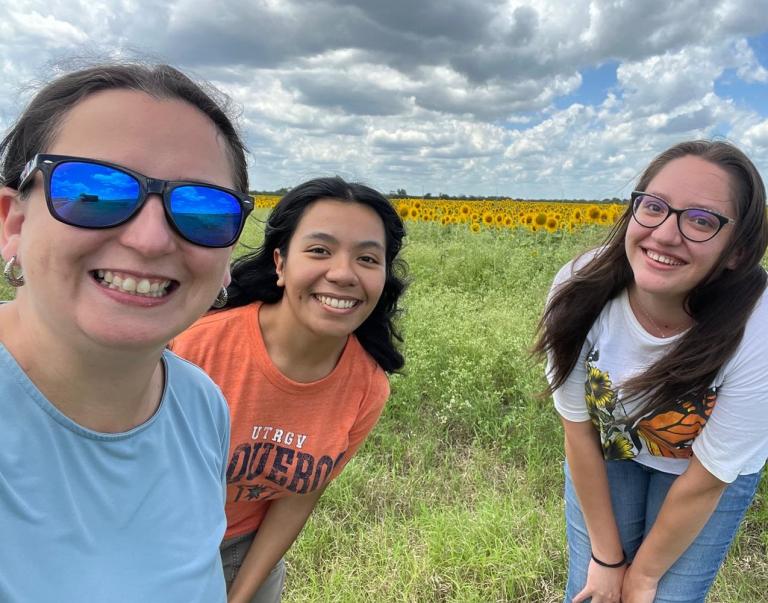This post is part of the Science Tuesday feature series on the USDA blog. Check back each week as we showcase stories and news from USDA's rich science and research portfolio.
Farmers across the nation are searching for ways to increase farm income. In Alabama, small and limited-resource dairy goat farmers are boosting the bottom line by adopting “value-added” production techniques to their products.
With the help of researchers and Extension educators from Alabama A&M University and the Alabama Cooperative Extension System, USDA’s National Institute of Food and Agriculture (NIFA) provides funding to support this work through an Agriculture and Food Research Initiative grant for Agricultural Economics and Rural Communities. And this program is now seeking applications for FY 2013 funding.
Small-scale dairy goat enterprises are not profitable if they simply sell raw goat milk. Dairy goat producers miss out on greater profits when they sell pasteurized goat milk as a raw product rather than convert the milk into value-added products. For instance, a gallon of raw goat milk is worth $3.20, but converting it into 16 ounces of goat cheese raises the selling price to $16. Similarly, one gallon of raw goat milk can produce 80 bars of goat milk soap that retails for $320.
Besides offering a higher return, adding value to farm products can open new markets, create recognition for a farm, expand the market season, and make a positive contribution to the community.
The value-added concept was implemented through a pilot project involving three dairy goat farmers (Margaret Mazikowski, of Four Maz Farm; Sydne Spencer of Spencer’s Farm; and Leslie Spell, of Humble Heart Farms) who worked intensely with the Alabama team to develop value-added products using goat milk produced on their farms.
Today, there is a growing demand for these products and retail sales at farmers’ markets, on the farm, and online are all promising. The three farmers from the program have also become mentors and work closely with other small farmers and potential farmers. With their collaboration, more than 1,200 people have attended 40 hands-on workshops. And based on post-event evaluations, many of the participants have applied the knowledge on their own farms.
This effort, together with other projects, has resulted in more small producers attempting to increase their share of the food dollar by engaging in direct marketing, turning farm products into food products, and joining producer alliances and cooperatives that process local farm products on a larger scale.
Through federal funding and leadership for research, education, and Extension programs, NIFA’s committed to using science investments to impact people's daily lives. The Agriculture and Food Research Initiative is doing just that – using a common sense approach to add dollars and cents to the pockets of small-scale farmers. Don’t miss your opportunity to apply for next year’s program.


